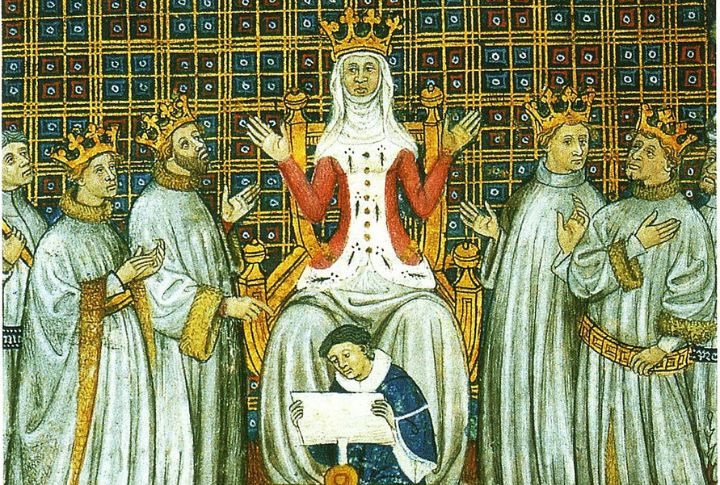
Let’s be real—when most people hear “medieval,” they picture castles and questionable hygiene. Operating outside the walls, though, were tribal groups who didn’t care about coronations. These people burned maps and gave Rome a headache. That sounds way more worth knowing than another royal banquet. Here are 10 Details about the tribes that shook up medieval Europe.
The Goths Sacked Rome In 410 AD
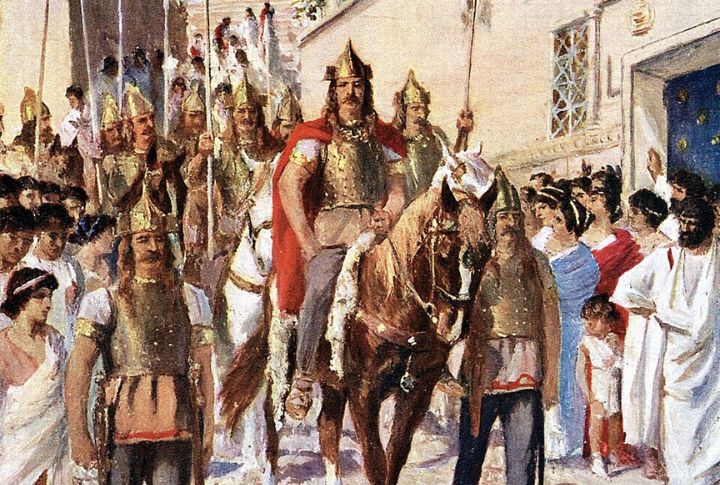
In 410 AD, the Visigoths, led by Alaric, a former Roman officer, stormed into Rome and looted the city. This unexpected attack shocked the empire, as Rome had not been breached in over 800 years. The Goths went on to establish a powerful kingdom in Hispania and dismantled what was left of Roman control.
The Franks Gave France Its Name
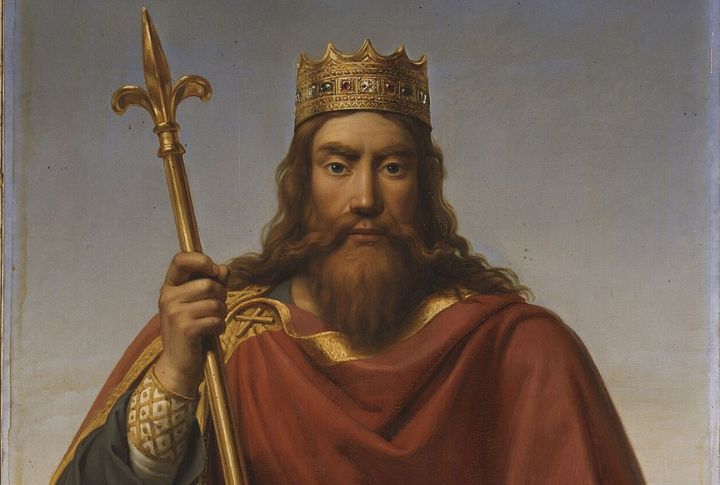
The name “France” comes from the Franks, who were united under the leadership of Clovis I. His conversion to Christianity between 496 and 508 AD played a pivotal role in spreading Christianity across Europe. Known for their throwing axe, the “francisca,” the Franks were fierce warriors and politically influential for centuries.
The Vandals Conquered Carthage And Ruled North Africa

Carthage fell into Vandal hands in 439 AD, becoming their capital and a key naval base. From there, their fleet dominated the Western Mediterranean. In 455 AD, they sacked Rome, an act that coined the term “vandalism.” In addition, they also minted their own coins and preserved Roman infrastructure in Africa.
The Huns Terrified Both Romans And Tribes Alike
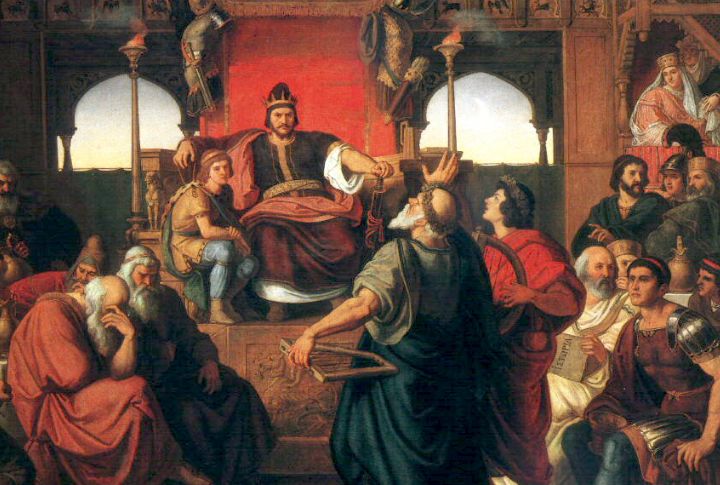
Attila the Hun, a ruthless conqueror known for his destructive campaigns, commanded the Huns to invade Gaul and Northern Italy. Many tribal groups fled to Roman territory for safety. To avoid direct conflict, the Eastern Roman Empire also paid large tribute sums. Attila’s terrifying reputation even earned him the title “Scourge of God.”
The Saxons Built The Foundations Of England

After Rome withdrew from Britain, the Saxons, Angles, and Jutes migrated to the island, establishing the foundation for the medieval English kingdoms. The name “England” comes from the Angles, though the Saxons played a major role in its development. In fact, early Christian missions faced strong resistance, particularly from the Saxons, who were slow to adopt Christianity.
The Lombards Ruled Italy After The Byzantines
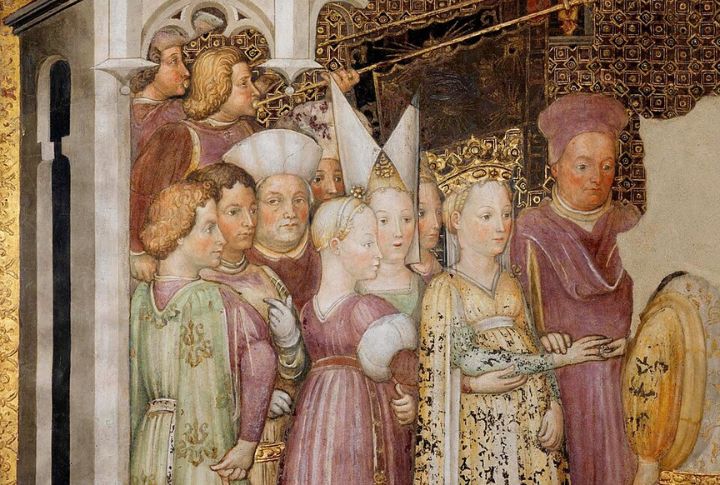
The Lombards rose to power in Italy once the Byzantines, rulers of the Eastern Roman Empire, lost control. They ruled until Charlemagne, King of the Franks and future Emperor, defeated them in 774. Blending Germanic traditions with Roman laws, they created a distinct rule, and their name likely came from their “long beards,” worn proudly.
The Alans Allied With The Vandals To Invade Spain
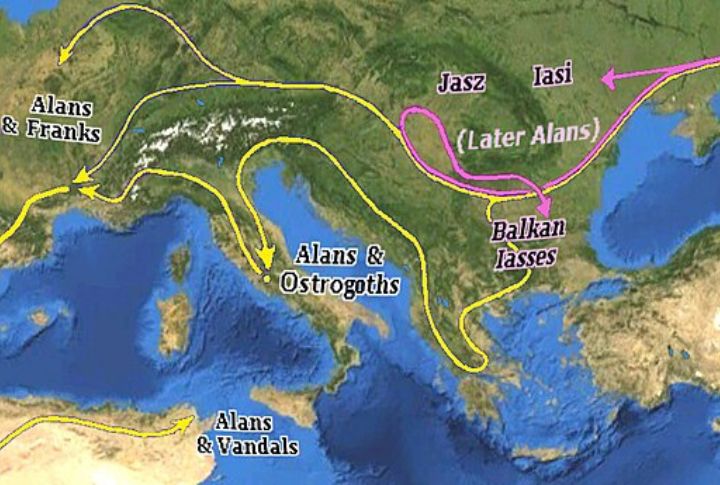
Want to understand how power shifted in early medieval Spain? The Alans, originally from the steppes, fought alongside the Huns and Goths. Later, they joined forces with the Vandals to conquer parts of Lusitania. Although eventually absorbed into local cultures, their presence left a lasting impact, leading to ongoing debates in Portugal about their influence.
The Angles Helped Forge Anglo-Saxon England
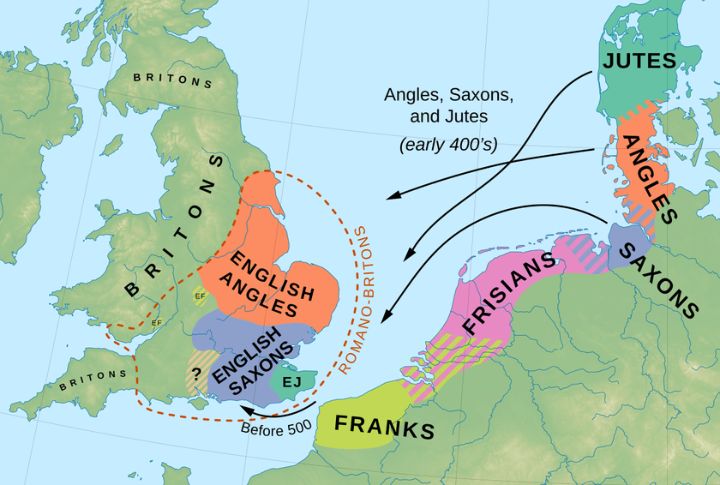
The Angles settled in Britain alongside the Saxons in the 5th century. Their name eventually gave rise to the term “Anglo-Saxon.” Originating from what is now northern Germany, the Angles were credited by early historian Bede as one of the main founders of Britain. Safe to say, they had a significant influence on the country’s language and society.
The Suebi Formed A Lasting Kingdom In Galicia
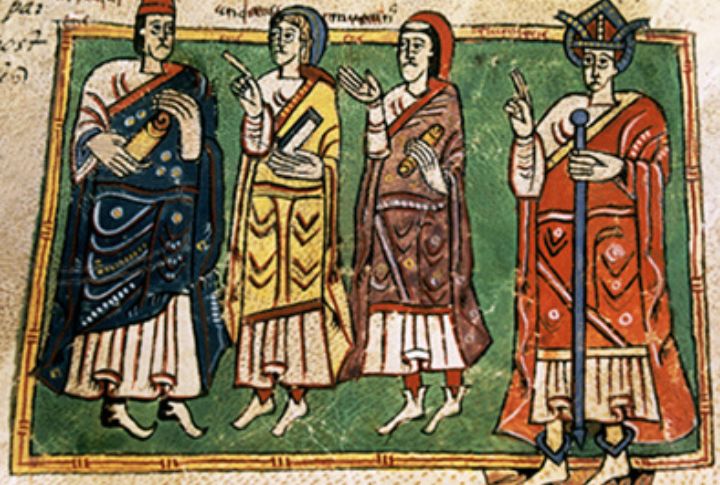
Northwestern Iberia became the stronghold of the Suebi after their arrival in 409 AD. The kingdom endured for over 170 years, and the Suebi were among the first Germanic tribes to embrace Catholicism. Even after defeat by the Visigoths, their legacy persisted in the region and influenced the cultural heritage of Galicia.
The Ostrogoths Revived Roman Traditions In Italy
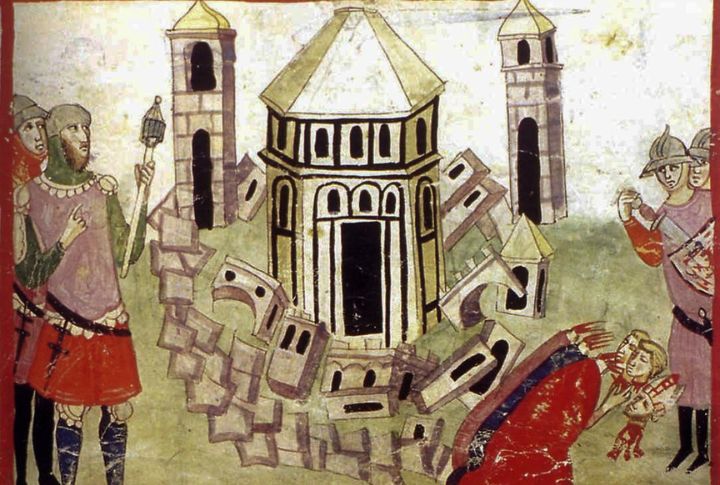
The Ostrogoths, led by Theodoric the Great, governed Italy after the fall of the Western Roman Empire. Theodoric, educated in the Eastern Roman Empire’s capital, Constantinople, maintained Roman institutions to preserve order. He retained Roman senators in government, combining Gothic authority with Roman tradition. This strategy helped legitimize Ostrogothic rule and ensured a smoother transition.

